Best Face Masks To Keep You Safe And Warm In The Winter During COVID-19
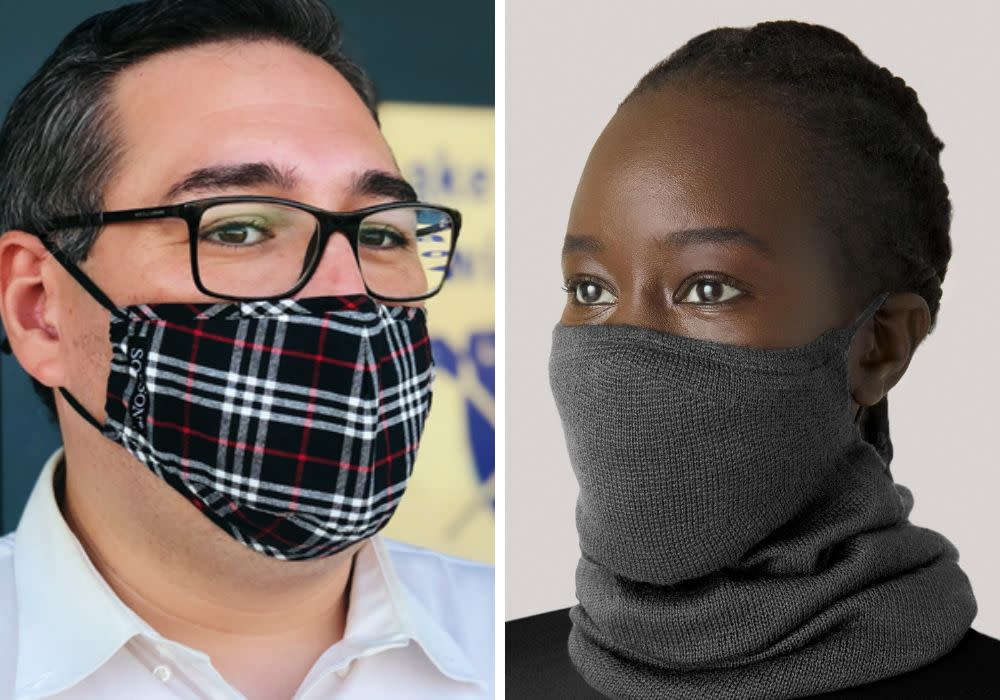
Three seasons have passed since COVID-19 first broke out, and now the Northern Hemisphere is facing a long, masked winter. We’ll need to adapt our current face mask-wearing practices for the realities of living in a colder environment.
The good news (if anything related to this pandemic can be called good news) is that you won’t have to change anything you’re doing — as long as you’re already following WHO recommendations to wear a three-layered nonmedical mask, one with an absorbent inner layer near the mouth, a middle filtration layer and an outer layer. But do you need to bulk up and wear a woolen mask, or will that only put you more at risk? Experts gave us answers.
Your best bet: cotton masks with baby wipe filters
Everyone seems to have an opinion about face masks, even if it’s just about what type of fabric they should be made from. In the early days of the COVID-19 pandemic, two professors at the University of British Columbia tested 41 different mask and filter materials to find out how well they blocked particles out while still remaining breathable.
The study they published in August showed that a mask with two layers of quilting cotton was the best bet for effectiveness and wearability. They found that a dried-out baby wipe filter was almost as breathable as a commercial nonsurgical mask but still effective at blocking particles. In fact, the wipes filtered out up to 80% of three-micron particles and more than 90% of 10-micron particles. (The COVID-19 particle is around 0.1 micron in size, but it always attaches to something larger, like the droplets produced by breathing, talking and coughing, which are typically larger than five microns.)
How cold weather affects face masks
Winter mask-wearing provides some upsides for people who are perennially chilly all season long.
“One of the most commonly reported negative side effects is warmth and overheating,” said Jaimie Meyer, a physician specializing in infectious diseases at Yale Medicine and an associate professor at Yale School of Medicine. “So if your environment is colder or you’re just one of those people who are always cold in winter, then a mask might feel more comfortable now.”
Colder weather can create condensation from breathing, which wets the layers of the mask. Bring a spare mask if you’re going to be out for a while, and switch it out when your mask feels damp. And if your glasses fog up while you’re wearing the mask, Meyer suggested washing the glasses with soap and water, then rinsing and drying them before you head outdoors.
“Enough soap particles will remain on the lenses to prevent them from fogging up,” she said.
Don’t knit yourself a woolen mask this winter
If you’ve become a dedicated quarantine crafter, you might be thinking that knitting your very own mask is a brilliant, homespun idea. The quick answer: Stop yourself.
“There are two problems with this idea. The first reason is that hand-knitted items will have large holes in them and that’s the opposite of what you want, since the tighter the weave, the more effective the fabric with filtration,” said Jing Wang, one of the professors who carried out the University of British Columbia study. ”Secondly, there’s the issue of comfort. We tested fleece and wool fabrics and found that they’re poorly tolerated due to overheating and moisture buildup. In other words, that knitted mask could cause overheating.”
Instead, she referred back to the results of her study that showed double-knit cotton was the most effective common fabric for filtering out particles while still allowing for breathability.
Two masks aren’t always better than one
As COVID-19 cases continue to rise, some people are wondering if wearing two masks at a time might be better than wearing just one. Again, not so fast.
“Sometimes in a patient room, I’ll wear an N95 mask with another mask over it in an attempt to protect that precious personal protective equipment,” Meyer said. “It’s very uncomfortable, and I can’t talk for more than a few minutes, so I wouldn’t recommend that people try it as part of their everyday activities.”
“Wearing two masks might help in terms of offering more protection, but it also might make it harder for you to breathe,” Wang added. “Whatever you’re doing, you need to strike a balance between what’s safe and what you can comfortably tolerate.”
What to look for in a winter mask
In addition to making sure your mask is made of the right material, you also want to be aware of its design.
“It should have a good piece of wire or aluminum around the nose, and the straps should fit snugly around the ears or around the head,” Wang said.
When it comes to the fit, it’s important to keep the mask over your nose and entirely over your chin.
“The mask should be slightly lifted off your face, not stuck to your mouth and nose,” she said. “A small space there allows for the exchange of air across the entire surface of the mask. Just be sure you don’t have a gigantic dome far in front of your face. That creates dead space for CO2 to be retained, and your breathing can become compromised. If you notice that you’re breathing faster or deeper when wearing a certain mask, that can be what’s happening.”
And if you find it difficult to wear face masks that loop around your ears, there are alternatives.
“I’ve seen masks that tie above the neck and above the head, which can help you avoid tying something behind the back of your ears and feeling uncomfortable,” Meyer said.
How to test whether your mask fits properly
Wang offered a quick tip for testing whether or not a mask is properly “sealed” around your face.
“Adjust the mask and take a deep breath through your mouth. If the mask suctions inward and then re-expands when you exhale, you’ve got a relatively good seal,” she said.
And what about those “neck gaiter” masks that cover both your face and neck?
“They don’t give you that tight fight you need,” Meyer said. “My two very athletic sons keep telling me how comfortable they are to wear, and I get that. But when one of them told me how he loved being able to drink water right through his gaiter, I explained that being porous is the exact opposite quality you want in a face mask. If you hold up a mask to the light and see light shining through, it’s not a good mask.”
What to avoid in a winter face mask
You should consider the size of your head and face when choosing a mask.
“I see people all the time who are wearing masks that are too small for them, so they basically become chin straps,” Meyer said. “And I’ve seen people wearing their masks upside down, so take a look at the picture on the package to figure out which end is up.”
And some masks should be avoided altogether.
“If you see that a mask is obviously poorly constructed or if it smells of chemicals, I wouldn’t wear it,” Wang said.
Winter face masks to wear right now
Note: None of the face masks listed below are a replacement for medical-grade PPE, and they’re not intended to replace other recommended measures to stop the spread of COVID-19.
Coordinate with your winter coat
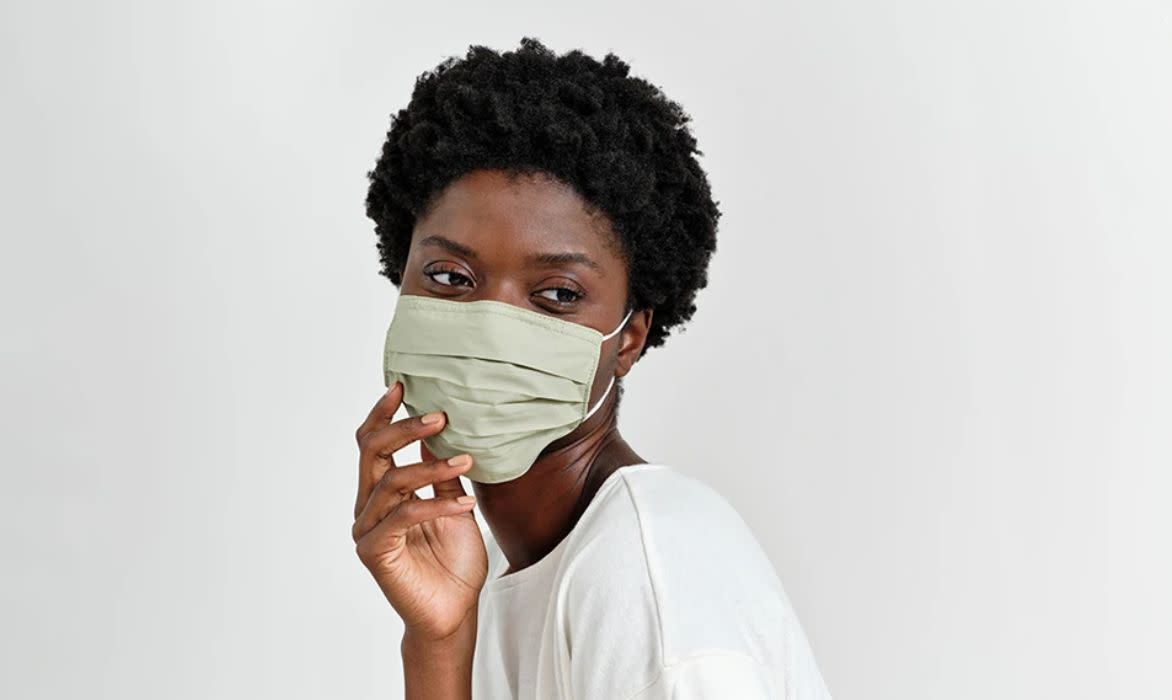
“We were one of the first fashion brands to get into the nonmedical mask market,” said Aaron Luo, CEO of Caraa, a sport bag and accessory brand based in New York City. “The exterior of this mask is lined with a 185-gram cotton twill to provide that extra warmth factor, and we’re offering a range of winter colors that complement outerwear.”
5 masks for $25 from Caraa Sport
Organic masks
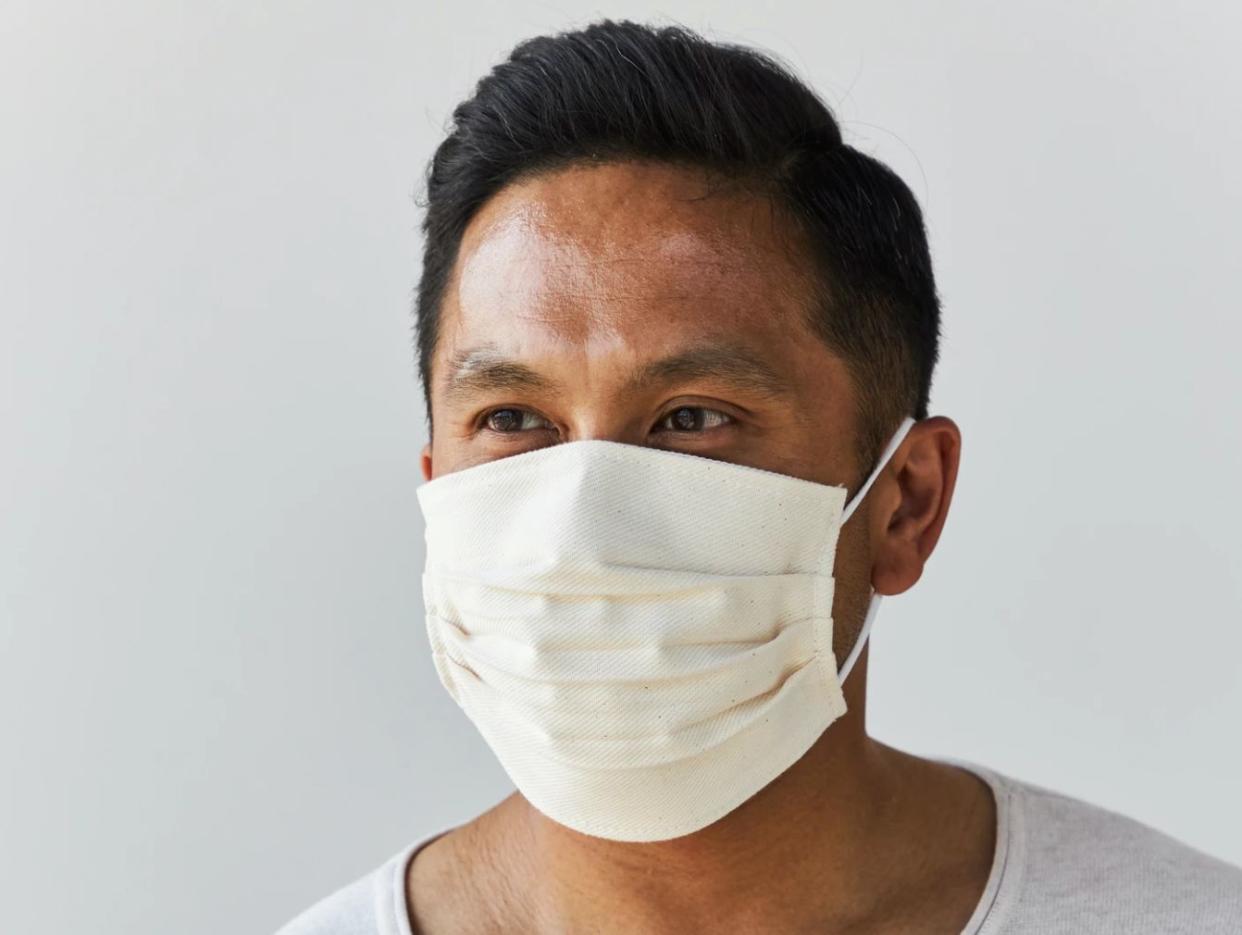
Thicker cotton canvas makes these a warmer option, according to Jessica Hann, vice president of brand marketing for Avocado Green Mattress, an eco-conscious mattress and bedding company.
“We make some of the only Global Organic Textile Standard organic-certified masks on the market, which we feel is pretty important for something that’s covering your mouth,” Hann told HuffPost.
Organic cotton face mask, 4 for $30 from Avocado Green Mattress
Hope for glasses wearers
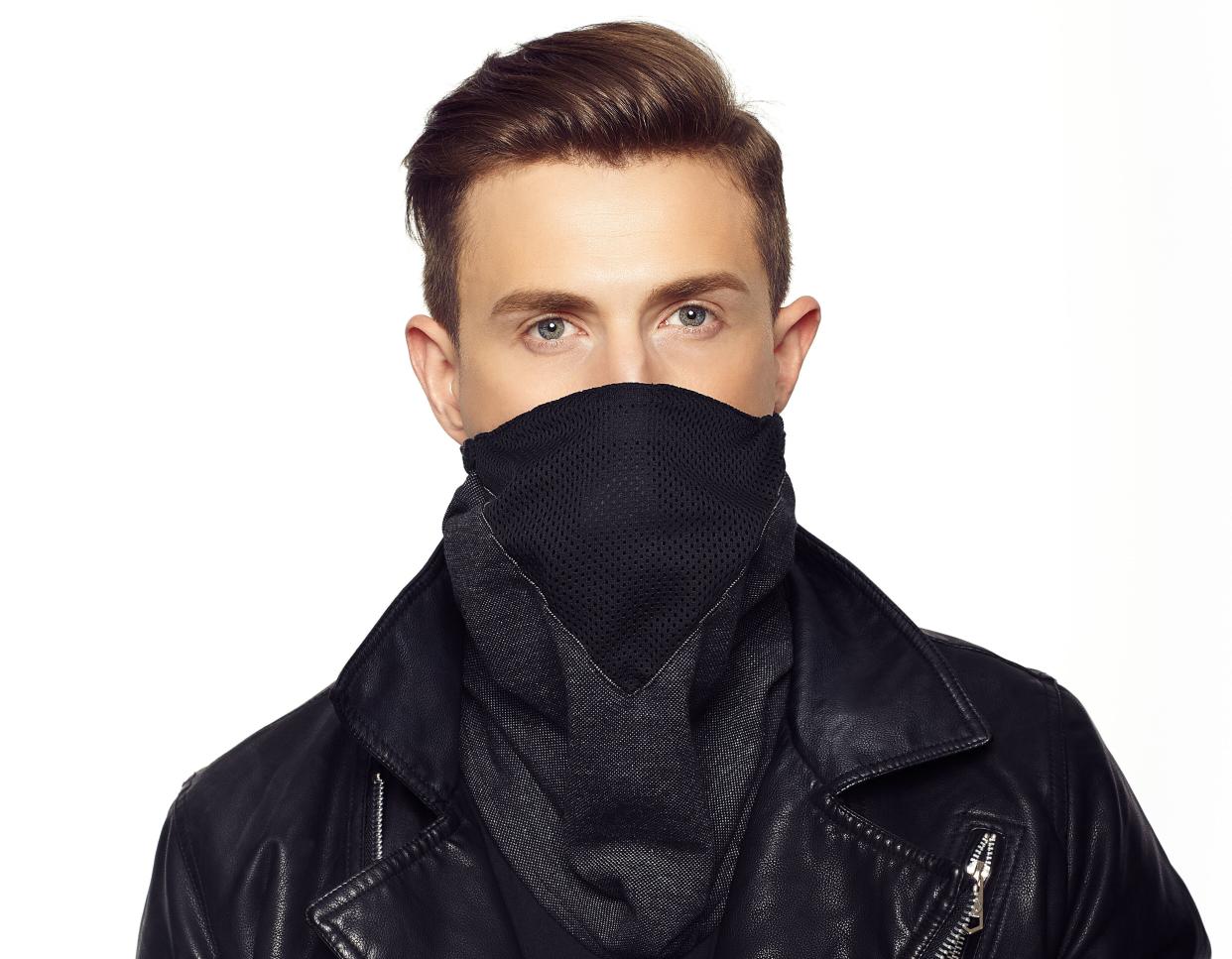
Mask brand Lekko was founded in Wrocław, Poland, one of the most polluted cities in Europe.
“We started to look for protective equipment, but none of it was good enough to convince us to use it, so we started our own company,” founder Adam Muszyński told HuffPost. “Our masks are airtight in the nose area, which helps to reduce foggy glasses.”
Antipollution scarf/face mask, $59.90 from Lekko
Designer knitwear from St. John
Love HuffPost? Become a founding member of HuffPost Plus today.
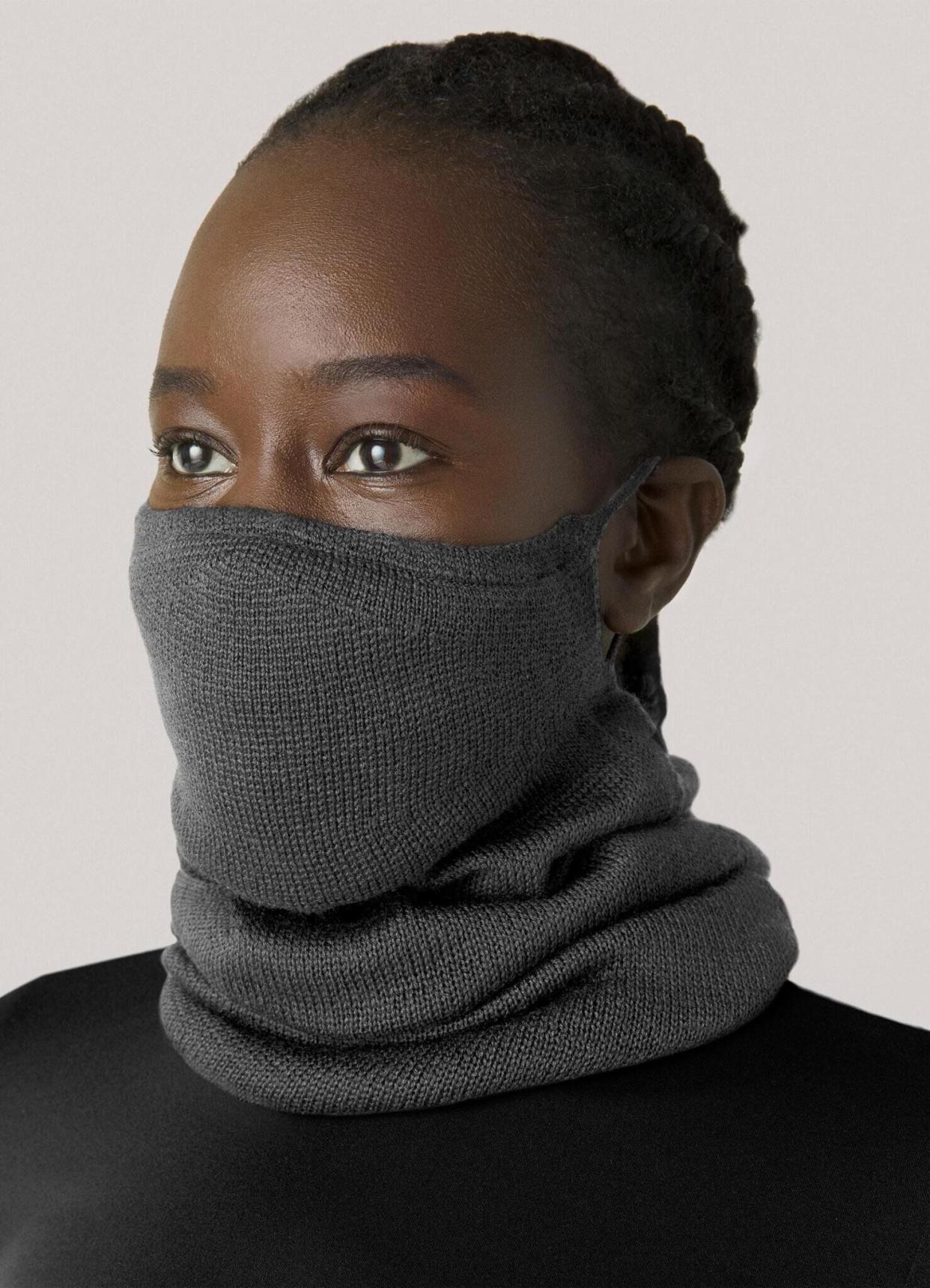
A wool circular scarf is built right into this lightweight, luxurious mask.
“We use the highest-quality Italian yarns, woven by special knitting techniques that our artisans have perfected,” Eran Cohen, CEO of the luxury fashion brand St. John, told HuffPost.
Artisanal scarf mask, $150 from St. John
A mask made with merino wool

“We use merino wool in these masks, which is naturally moisture-wicking, breathable, temperature-regulating and odor-resistant,” said Charles Moodispaw, growth marketing associate at Huckberry, an outdoor gear company. The mask features three layers: a merino wool outer layer, cotton inner layer and merino wool lining layer.
Merino wool face mask, $15 from Huckberry
Buy one, give one
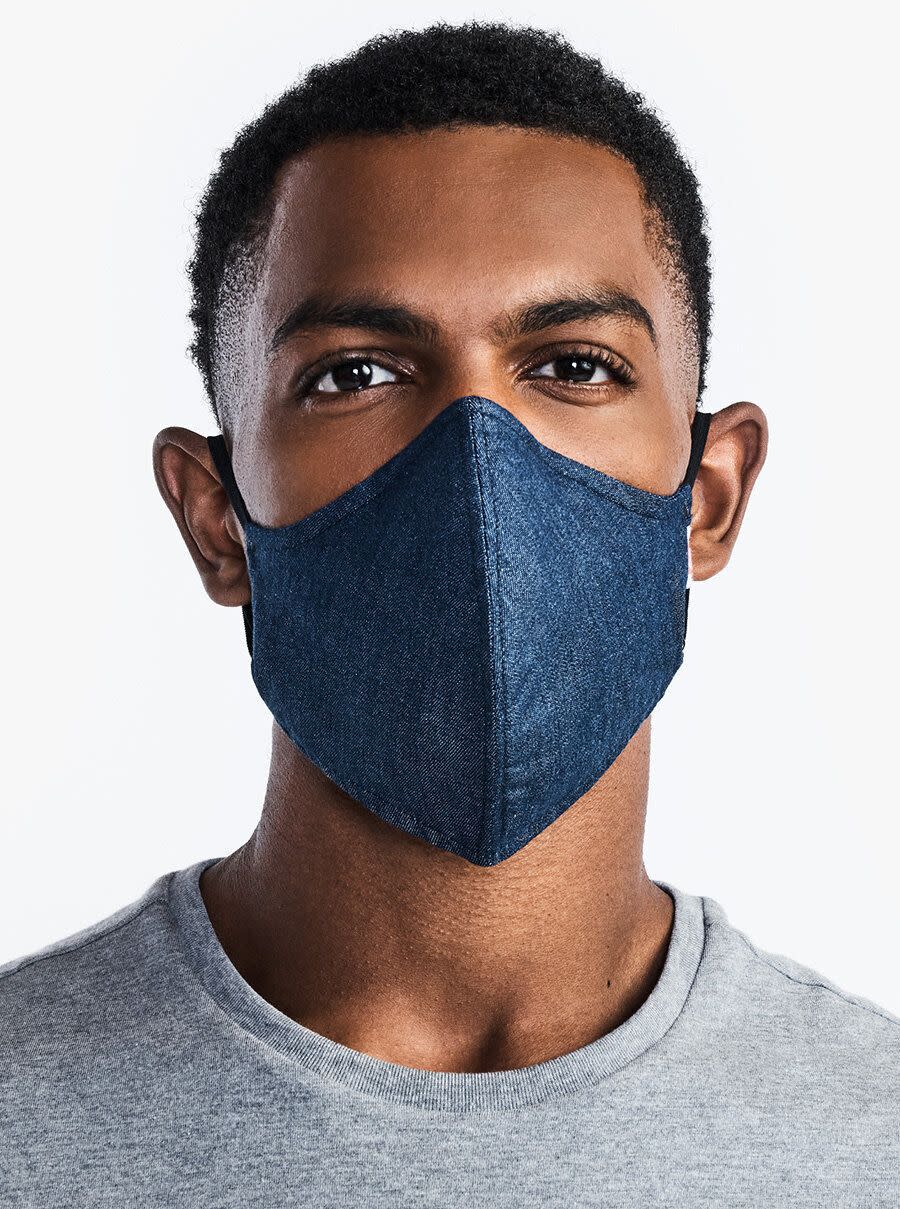
“For every mask purchased, we donate another to a frontline worker, health care professional or other impacted organization,” Aviv Gattenuo, senior marketing manager at the culinary brand Hedley & Bennett, told HuffPost. “We’ve already donated more than 350,000 masks.”
Wake Up and Fight face mask, 3 for $45 from Hedley & Bennett
A mask that’s like a scarf for your face

“These ribbed knit masks are super soft, like a scarf for your face,” Lisa Bühler, founder and CEO of the fashion retailer Lisa Says Gah, told HuffPost. For every mask purchase, the organization donates $1 to the San Francisco-Marin Food Bank, enough for two meals.
Blue knit mask, $18 from Lisa Says Gah
Masks with a superpower
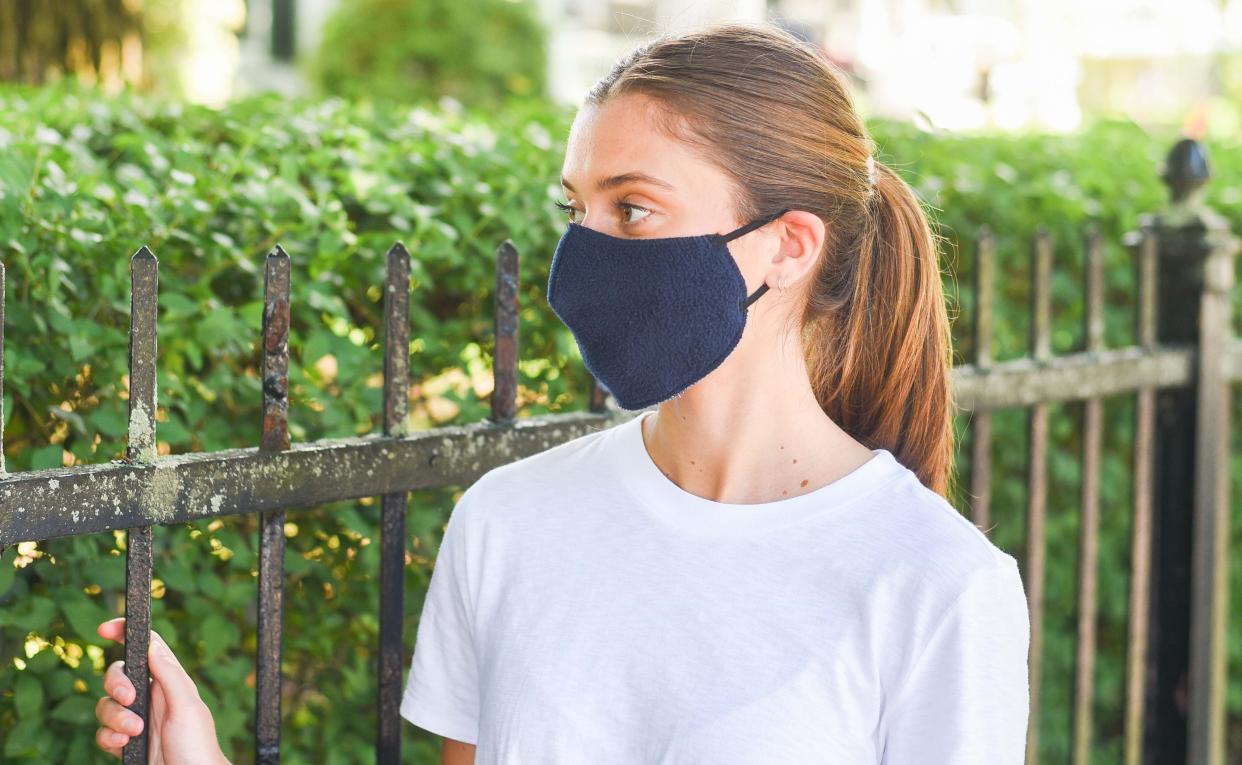
“Masks worn in the winter have a hidden superpower — they keep your face protected from the wind,” said Kim McGee, senior director of product and marketing at American Blanket Company. “These fleece masks are thick, dense and comfortable.”
5 masks for $29 from American Blanket Company
Kona quilter’s cotton

“Quilter’s cotton means it’s a great fabric that’s thick enough to serve the functionality of a safe mask,” said Hannah Gordon, marketing associate at Baggu, a reusable bag company. “Our masks use high-thread count, heavyweight cotton, all in the same bright colors and fun patterns we’re known for.”
Fabric mask set (three masks per set), $32 from Baggu
A great winter mask from a Black-owned business
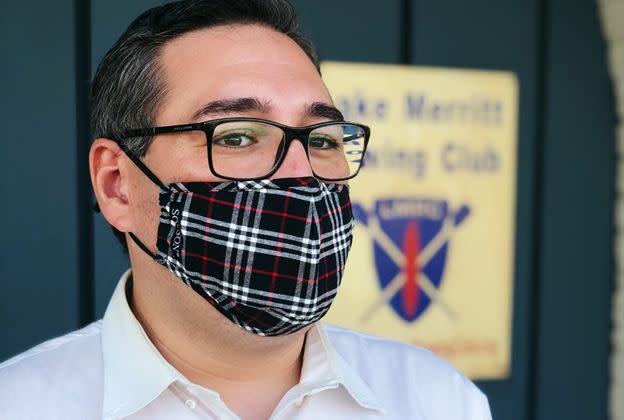
“Our Lumberjack masks are top sellers to customers in Northern states,” said Rashima Sonson, founder of SONSON, a Black-owned accessory business based in Oakland, California. “They give you that dressed-up look without feeling weighed down, and they’re perfect to pair with a sports coat or a denim jacket.”
Lumberjack face mask, $15 from SONSON
Related...
When Should You Replace Your COVID-19 Face Mask?
15 Cozy Gifts For People You Want To See Outside This Winter
The Most Popular COVID-19 Face Masks Of 2020
HuffPost may receive a share from purchases made via links on this page. Prices and availability subject to change.
This article originally appeared on HuffPost and has been updated.
